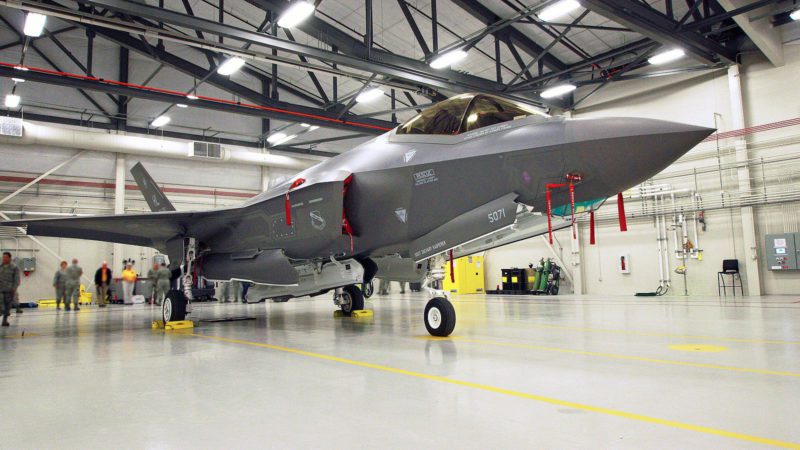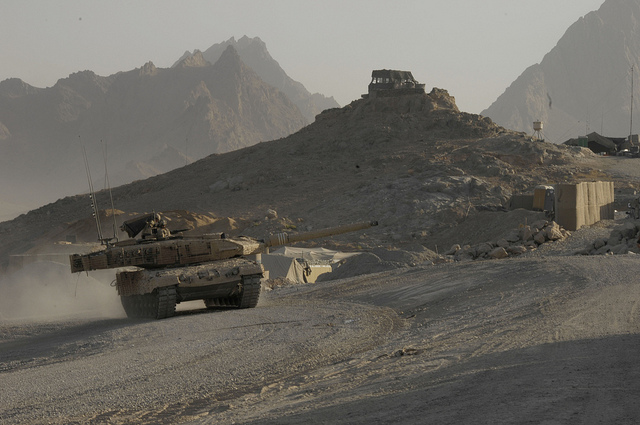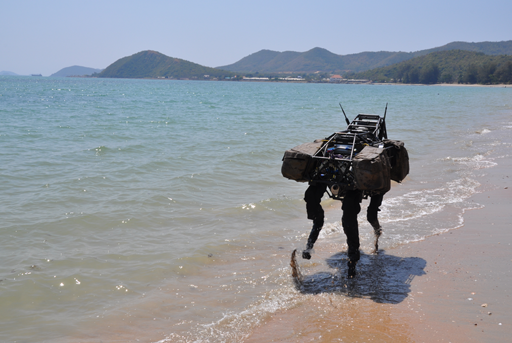When the Joint Strike Fighter Program (JSF) was created in 1993, the program envisioned manufacturing the most advanced series of fighter jets the skies have ever seen. 23 years later, advances in artificial intelligence, robotics, and the development of Unmanned Aerial Vehicles (UAVs) have left the F-35 model looking rather archaic. Canada needs to start exploring procurement opportunities outside the traditional realm of aviation defence.
The JSF Program, signed onto by many countries including the US, UK, Turkey, Italy, Canada, Australia, the Netherlands, and other allies, was meant to produce warplanes with the capacity to rival Russia and China’s. This trillion-dollar program aimed to produce a versatile fighter jet that would replace older war planes, such as the CF-18 Hornet and F-16 Falcon. Lockheed Martin won the competition to build over 3,500 of these one-size-fits-all models and supply it to all 11 of the countries who have subscribed to this program. However, years of engineering malfunctions and an increase in cost have resulted in multiple delays and many changes to the original blueprint, resulting in three different versions of the F-35 being created.
The first design for the F-35 featured a stealth fighter meant to be used by all three branches of the military- the Navy, the Armed Forces, and the Air Force. This sleek design, known as the F-35A, did not include an internal weapons bay, meaning there was no compartment to carry missiles. Furthermore, this model lacked STOVL (short take-off and vertical landing) capabilities. A variant of this fighter, the F-35B, was produced to incorporate this capacity, which was forced to be a lot bulkier and heavier than the JSF originally envisioned, hence failing to meet operational requirements. The last version, a carrier based CATOBAR (Catapult Assisted Take-Off But Arrested Recovery) jet known as the F-35C was created with the capacity to launch from an aircraft carrier. The constant remodeling of the base design and updating it with the most recent technology, which spanned over two decades, cost billions of dollars and set the JSF back for years. More than 20 years after the start of the program, the F-35s are only slowly starting to be deemed operational.
The JSF ensured that the F-35s would have a life expectancy of about 36 years, and the Department of National Defence aims to make full use of this billion-dollar war toy. In the event of the government’s expanding this life span to over five decades, as it had with the CF-18 Hornets, it is reasonable to believe the costs of maintaining the F-35s could cost up to a total of eight billion per decade. Keeping this factor in mind, it is crucial to examine Moore’s Law in order to understand the impracticality of investing in the decades-long lifespan of a fighter jet. With technological advances being made daily, the viability that in the year 2070 these 50-year-old fighter jets would be able to compete with modern aircraft appears to be a stretch.
With new dramatic advances in material, such as unmanned aerial vehicles (UAV), it appears that it will only take a year of being in service for the F-35s to be considered outdated. While the F-35s have incorporated several advanced features, certain aspects lag. Canada’s most technologically advanced fighter jets are equipped with a central voice control system that can do little more than change radio channels.
Canada has ordered 65 of these aircrafts, contributing more than $311 million to the development of the F-35. Most recently in June 2016, the Liberal government paid $29 million to stay in the program, but has yet to receive any of the aircraft. With only our aging CF-18 Hornets serving as fighter jets currently, Canada struggles to keep up. Therefore, when looking to acquire any new weapons, the speed and efficiency of any new procurement processes is essential to avoid the problems associated with the delayed F-35 program.
Advances in artificial intelligence and robotics will lead to war fare changing drastically. Therefore, it would be wise for the Canadian government to consider more unconventional weapons instead of just the F-35. While the F-35 can still be considered a monumental achievement, the government needs to look beyond traditional aviation systems and consider that a technological revolution in war fare is fast approaching.
Diversifying the government’s procurement portfolio is crucial to Canada, both home and abroad. An alternative worth capitalising would be UAVs. Canada has purchased five of these drones so far, but is that amount even close to being enough?
Photo: Army Corps tests fire response system as F-35 hangar nears completion by U.S. Army Corps of Engineers Sacramento District (2015) via Wikimedia Commons. Licensed under the U.S. Federal Government as Public Domain.
Disclaimer: Any views or opinions expressed in articles are solely those of the authors and do not necessarily represent the views of the NATO Association of Canada.




